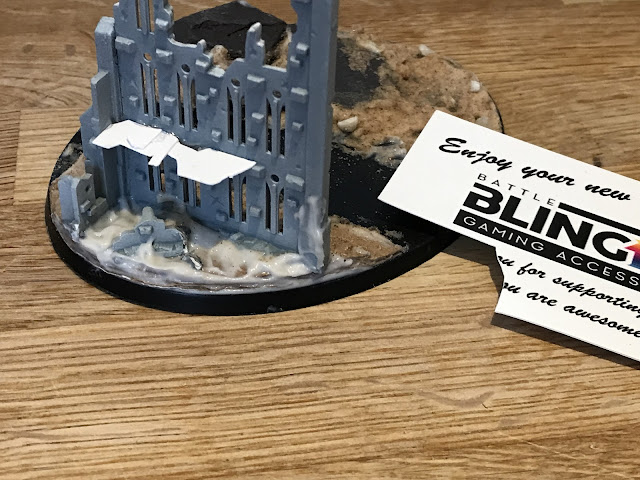+ Entering an Age of Darkness +
 |
| + Burn! + |
+ Hobbying has been taking a back seat recently, so apologies for the break in astrotelepathic transmission. In getting back into the swing of things, I've been digging through my backlog. I always find that a better thing to do in the Spring, rather than at the start of the year – perhaps something to do with the better light. +
+ Anyway, on the horizon is a new boxed set for the Age of Darkness – or Horus Heresy setting. Lots of cool stuff that's hitting all the right retrohammer notes, like a sea of beakie space marines. In looking forward to that, I thought I'd dig through some of my work-in-progress Space Marine armies. +
+++
+ Sons of Simargi +
+ Probably the least likely to receive beakie reinforcements are my Death Guard, as they're made up of the gribbly (and awesome) Plague Marine sculpts. These have lurked since the start of the Covid pandemic – I hadn't really felt in the mood to remind myself of plague! – but it was good to go through and see that I'm a bit further along with them than I'd remembered. +
+++
+ Word Bearers +
+++
+ Salamanders +
+ With plans afoot amongst the Baraqu group for an Age of Darkness weekend over in Cambridge in September, I thought I'd see whether the muse would let me scratch an itch for Salamanders. The figure above is a loosely blocked-in tester for the army, which will use my trusty truescale marine tutorial [+noosphericinloadlink embedded+] with a couple of modifications. +
+ For whatever reason, I've always had a vision of Salamanders as being slightly bulkier than other marines, and thought that using Heavy Intercessor legs might help suggest that. They'll require quite a lot of conversion and resculpting, and to that end, I thought I'd give casting a go. Hopefully I'll be able to share my findings here! +
+++











